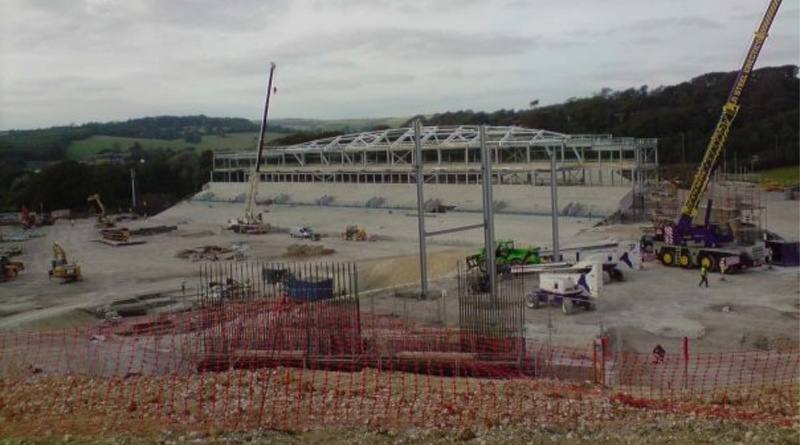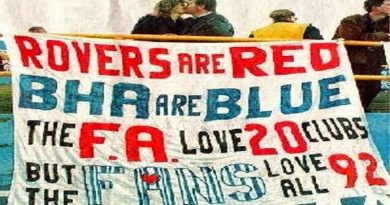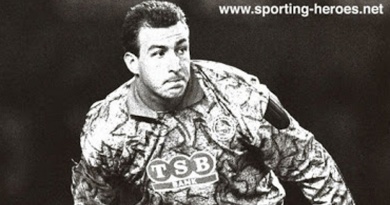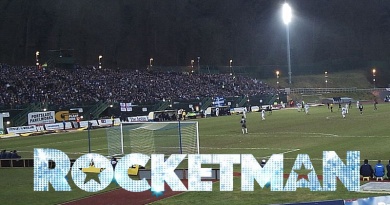Building the Amex: August 25th 2009
Between 2009 and 2011, the village of Falmer on the outskirts of Brighton was home to the most visited field in the country.
Why? Because this was where the Albion’s long awaited new home was being built. Slowly but surely, a 23,000 seat stadium was beginning to appear, nestled between university buildings, the A27 and the rolling South Downs.
We paid many visits to the site of the Amex during it’s construction and 10 years on, it’s fascinating to look back at some of the photos. It’s barely recognisable as the venue the Albion have now played more than 100 times at, including three seasons at the very pinnacle of the game.
Our first trip to Falmer to check in on proceedings came on Tuesday August 25th 2009. This was three days after the famous 4-2 Withdean defeat to Stockport County in which Tommy Elphick was sent off, Dean Cox was sacrificed for Colin Hawkins as Russell Slade threw another defender on, only for Hawkins to give away a penalty and pick up a red card himself within 90 seconds of his introduction.

At this point in the building process, the once-sloping field had been levelled and work was starting to take place on the construction of the actual stadium bowl.
At the south end of the ground, the foundations of the south east corner were going while huts and vehicles belonging to those working on the stadium littered what would eventually become the coach park.

The work on the south end reveals just how much of the original field had to be dug out in order to build the stadium. That’s why from the grounds of Brighton University, you are almost at level height with the top of the West Stand.
This south east corner was the best place to view the stadium from as incredibly, the club – or more likely, the constructors – actually had the brains to realise that there would be visitors, and so they built prison-style windows into the big blue fence surrounding the site to allow people to see what was going on.

The majority of the early building work focused on the East Stand, with concreting of the lower tier pretty much completed by this stage in proceedings.
Looking back at these construction photos, it becomes pretty clear that the Albion always intended to be able to add an upper tier to this side very quickly.
The structure was being put in place here, which meant that all the club had to do was add concrete when they decided to add 6,000 odd extra seats – which turned out to be after just one season. Cheeky.





